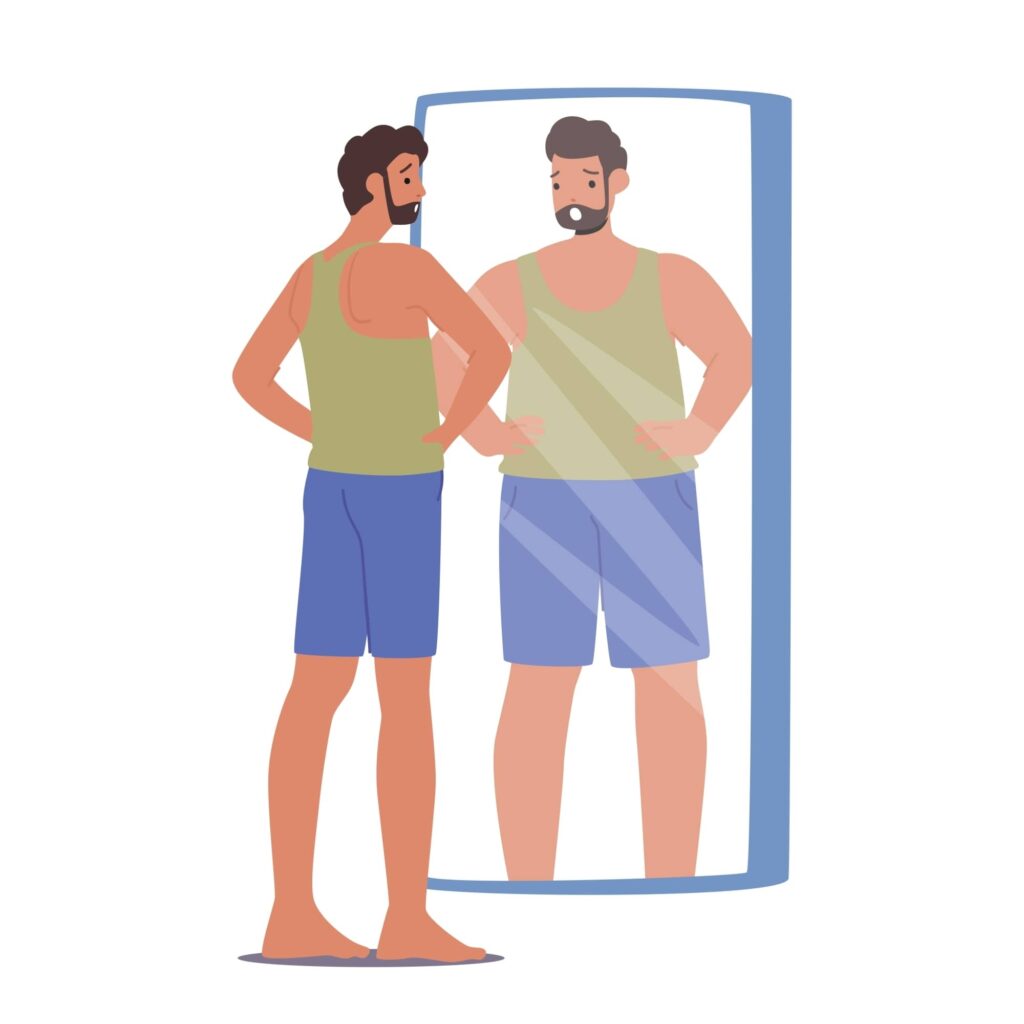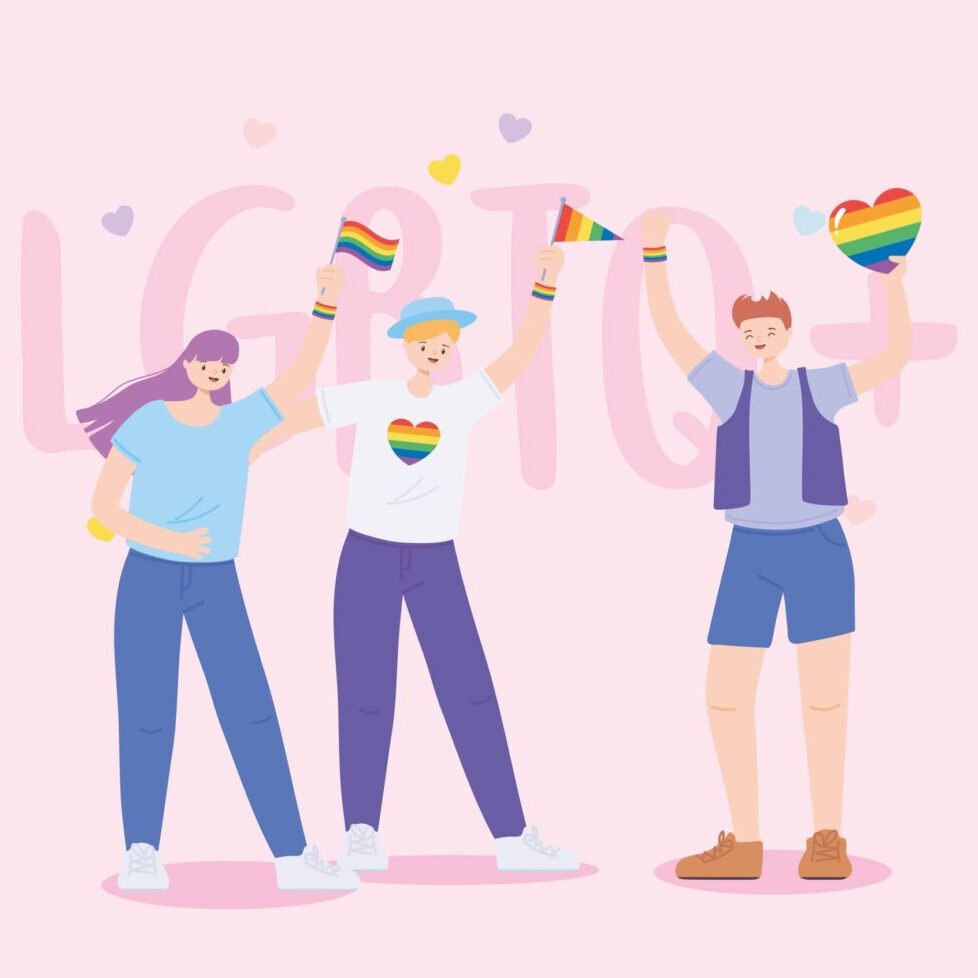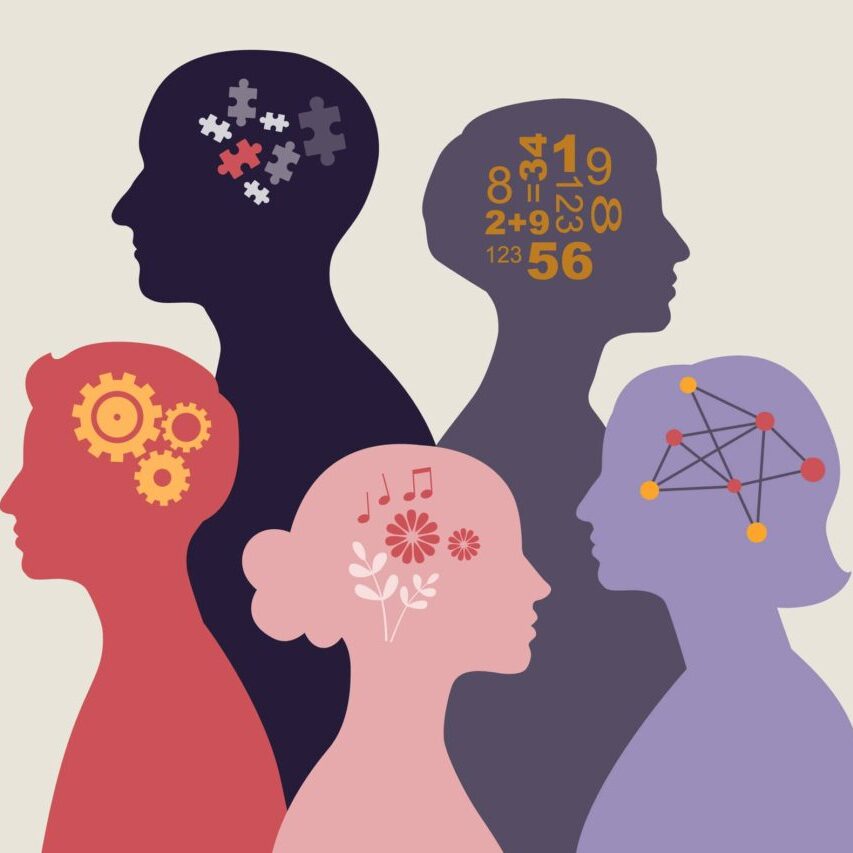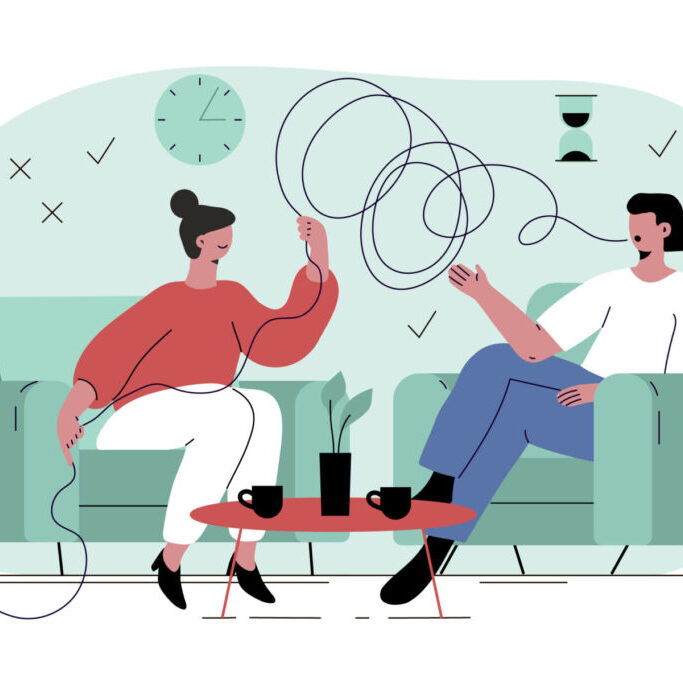Understanding the Impact of Body Dissatisfaction and Body Dysmorphia on Mental Health in Gay Men

Body dissatisfaction and body dysmorphia in gay men is prevalent among the LGBTQ+ community in Chicago. While not unique to gay men, body dissatisfaction and body dysmorphia stem from the fact that our culture often idealizes Western beauty standards. This is particularly true in urban areas, like Chicago.
The desire to conform to beauty standards of lean and muscular physiques adds to the pressures and expectations of gay men to “fit in,” and leads to profound self-esteem challenges in gay men. Understanding these issues is crucial for promoting mental well-being and fostering a healthier community.
The Pressure for the ‘Ideal’ Body
Gay men, like many others, often face societal pressures to conform to a specific standard of physical attractiveness. Media representations, social media influencers, and cultural norms frequently emphasize lean, muscular, and often unattainable body types as the apex of desirability.
Within the queer and LGBTQ+ community, these pressures are intensified, as physical and sexual attractiveness can be closely tied to self-worth and a sense of belonging. Unfortunately, these pressures also often lead to body dysmorphia in gay men.
“We have equality, but we’re horrible to each other. Unrealistic body standards in gay culture perpetuate body image pressure, from within the community,” said Jakeb Arturio Bradea, a BBC interviewee discussing the gay community.
Empirical evidence supports these observations. A recent study examined body dysmorphic disorder and eating disorder pathology among gay men, highlighting greater body image disturbance compared to heterosexual men.
The research revealed that nearly half of the sexual minority men screened showed positive signs of body dysmorphic disorder, a much higher prevalence than in the general population. Gay men also demonstrated more severe eating disorder symptoms, such as binge eating and purging, influenced by factors like minority stress and internal community pressures (Boroughs et al., 2022).
Dating apps like Grindr have become marketplaces where body-shaming and racism thrive, perpetuating discriminatory messages like, “No fats, no femmes, no Asians.” While Grindr has taken steps to implement a “zero tolerance policy” against such discrimination, it does not eliminate the deeply ingrained negative views within the community about what is considered desirable.
The gay community also uses terms and labels to classify various body types, further objectifying gay men and their bodies. Terms like “twink,” “jock,” “otter,” and “bear” describe a person’s size, shape, and role. While some may embrace these labels, they often carry pejorative connotations and contribute to body dissatisfaction and gay body dysmorphia.
Body Dissatisfaction vs. Body Dysmorphia in Gay Men
- Body dissatisfaction refers to negative perceptions and feelings individuals have about their bodies. For gay men, this dissatisfaction can stem from comparing themselves to muscular and lean figures represented in media and social circles. Research indicates that higher levels of body dissatisfaction are linked to lower self-esteem, higher rates of depression and anxiety, and poorer overall mental health outcomes.
- Body dysmorphia is a more serious condition where individuals perceive flaws in their appearance that are often nonexistent, distorted, or minor – to the point of functional harm in the person’s life. This can lead to obsessive thoughts and behaviors related to appearance, such as excessive grooming, checking mirrors, or constant reassurance-seeking behaviors. Gay body dysmorphia can be particularly challenging due to the emphasis on physical attractiveness and the fear of not meeting perceived standards.
Intersectionality and Unique Challenges
Intersectionality plays a crucial role in understanding these issues within the gay community. Factors such as race, ethnicity, socioeconomic status, and age can intersect with sexual orientation to influence body image perceptions.
For example, gay men of color may face different cultural expectations of masculinity and attractiveness compared to their white counterparts, adding layers of complexity to their body image experiences.
The War Against Body Dissatisfaction and Body Dysmorphia
Addressing body dissatisfaction and body dysmorphia in gay men requires a multifaceted approach, but here are some practical suggestions if you are struggling with body image issues:
- Stop Body Checking – Reduce the temptation to overanalyze your reflection in windows and mirrors, and practice paying less attention to your appearance.
- Wear Clothes That Fit – Experiment with how your clothes fit, choosing items based on comfort. Wear clothes that don’t draw too much attention to your body (or parts of it).
- Body Neutrality vs. Body Positivity – Move toward body neutrality by focusing on what your body can do rather than what it looks like. For example, appreciate how various organs and body parts work to keep you alive and active, such as your eyes, lungs, mouth, legs, and arms. No need to emphasize body positivity if it doesn’t feel accessible.
- Movement vs. Exercise – Engage in physical activities that are enjoyable and not focused on weight loss or other aesthetic goals. Find ways to move that truly feel fun and add a sense of community and support. Exercise should not feel punishing.
- Practice Self-Compassion – Sit with the discomfort of negative feelings about your body rather than suppressing them. Acknowledge the shame or discomfort, buckle up, and ride it out like a rollercoaster.
- Safe Exposures – Ideally with the guidance of a mental health professional, try to place yourself in situations outside your comfort zone (but still feel safe) where your body shame might show up. This could include going to the beach and wearing swimwear that you might otherwise feel uncomfortable to wear in public.
Understanding the impact of body dissatisfaction and body dysmorphia on mental health in gay men is essential for promoting a more inclusive and supportive community in Chicago.
By challenging unrealistic beauty standards, promoting body diversity, and fostering mental health awareness, we can create environments where all individuals, regardless of their appearance, feel valued and accepted.
Need More Support – Now is the time!
If you or someone you know is struggling with body dissatisfaction or body dysmorphia, especially within the context of your queer or LGBT identity, the individual therapists at Tandem Psychology are here to help.
Our specialists in LGBT therapy understand the unique pressures faced by gay men in Chicago, including navigating unrealistic beauty standards and their impact on mental health.
You don’t have to face these challenges alone—schedule a session with one of our compassionate therapists today and take the first step toward healing and self-acceptance.
Reach out to Tandem Psychology and start your journey toward mental well-being.
This blog is made for informational and educational purposes only. It is not medical advice. The information in this blog is not intended to (1) replace a one-on-one relationship with a qualified licensed health care provider, (2) create or establish a provider-patient relationship, or (3) create a duty for us to follow up with you.



